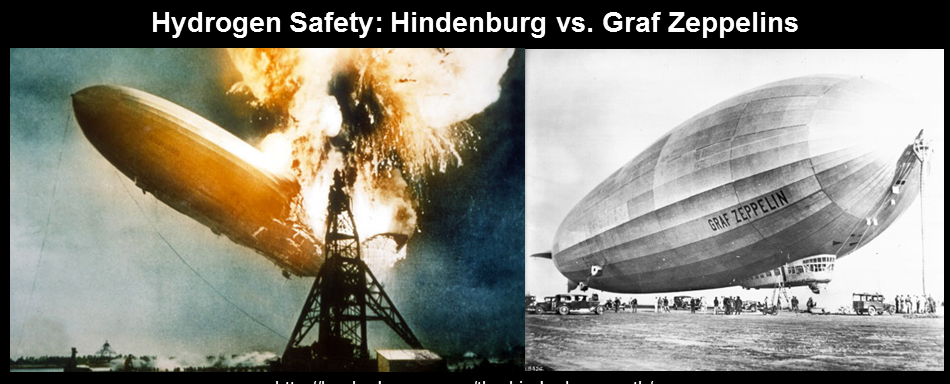What our alumni say
jacob.leachmanThe WSU Media team recently became the first outside group allowed to shoot onsite in Blue Origin’s 20 year history. HYPER alumni had a few important things to say. Check out the first highlight video and the following three individual alumni feature videos for Jordan Raymond, Ron Bliesner, and Chelsea Crabb. You’ll find out why they chose to study the coolest fuel in the universe (hydrogen) at HYPER and why you should too!



